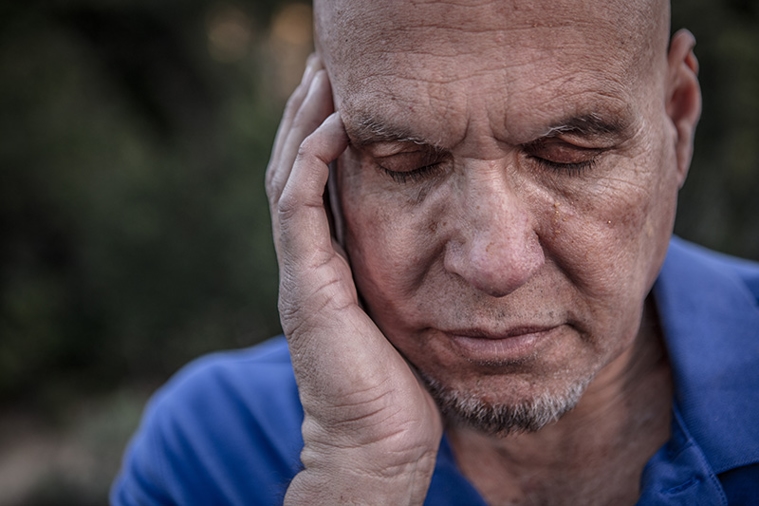4 Helpful Facts About Opioid Use
Jun 6, 2022

Do these powerful painkillers have a place in modern medicine?
When your doctor writes you a prescription, you expect to find relief, not a new set of problems. But an increasing number of Americans are becoming addicted to opioid analgesics, commonly known as painkillers.
Prescription opioid use has skyrocketed over the past two decades, and overdoses have followed suit. Since 1999, nearly 500,000 Americans have died from opioid overdoses, according to the Centers for Disease Control and Prevention. In fact, opioids played a role in two-thirds of overdose deaths in 2018. And while overdoses in many states have leveled off or even declined in recent years, opioid-related overdoses in California increased.
What can be done to curb the epidemic? It starts with dispelling myths about opioids and looking at the facts.
True or false: Opioid analgesics are recommended for treating chronic pain.
FALSE. Opioid analgesics don’t cure pain; they instead increase a person’s pain threshold and reduce the perception of that pain, says Robert Otani, MD, an Adventist Health Feather River physical medicine and rehabilitation physician. They are highly effective at treating acute temporary pain resulting from an injury or surgery, but they are not recommended for chronic pain that persists well after a wound has healed or that has no identifiable cause.
True or false: Opioid use among teenagers is rising.
FALSE. Opioid use among teens has ebbed and flowed over the past several decades. Teen use rose in the 1980s, fell in the ’90s and rose again in the early 2000s. But statistics from 2019 (the most recent available) reported an all-time low rate of opioid misuse among high school seniors.
Still, Dr. Otani encourages parents to be vigilant with teenagers and intervene when necessary. “Teens may gain access to opioids through family members, peers and others on the street,” he says. “Parents should be mindful.”
Research has shown that teens usually use opioids they are prescribed, for medical reasons, before they abuse them through nonmedical use.
True or false: Opioid painkillers can be used safely.
TRUE. Despite their risks, opioid analgesics do have a place in medicine. For example, opioids are commonly prescribed for a specified period when healing after surgery.
“Using a relatively small dose for a short time helps maintain function and control acute pain so people can do their jobs and take care of their families,” Dr. Otani says.
True or false: The chances of becoming addicted to an opioid pain medication are low.
FALSE. Up to a quarter of Americans who are prescribed opioids for chronic pain will become addicted, according to the CDC.
“The essence of the problem is that people who take opioids often develop a tolerance to the medication, so they have to increase the dose to get the same effect,” Dr. Otani says. “When the dose is increased, adverse side effects also increase.”
Those side effects include physical dependence, greater sensitivity to pain, nausea, sleepiness, depression and respiratory problems that can lead to death.


